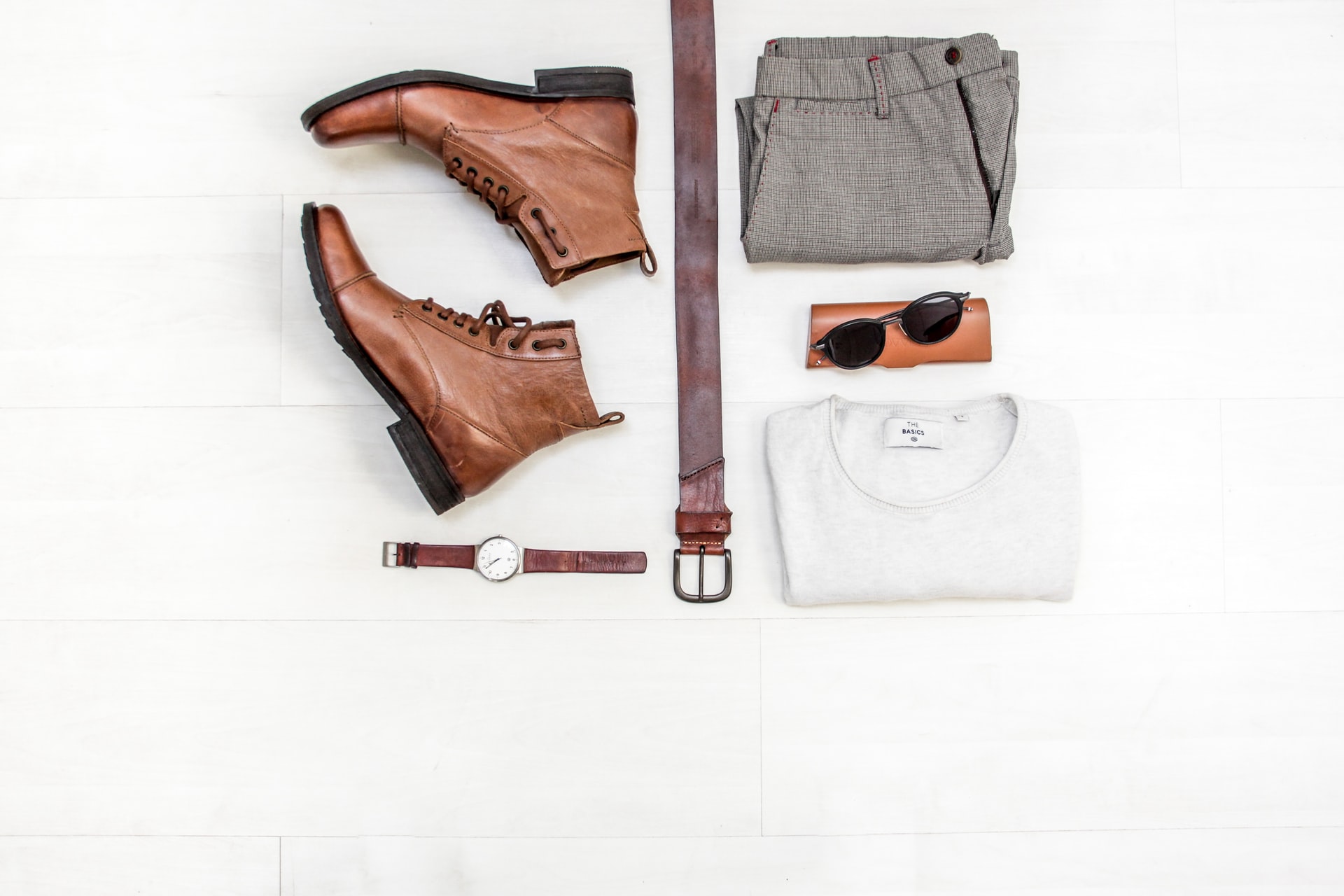How does fashion use technology?
The hunt for millennials was announced long ago: not only new styles, styles and colors are being used, but also technologies like IoT in Retail with lots of use cases that have already improved customer experience like: building energy management systems (BEMS) or smart lighting solutions, or real-time people monitoring technologies. Virtual fitting, sneakers controlled by a smartphone, glowing dresses and outfits that cannot be touched live – we tell you what brands go to for the sake of comfort, environmental friendliness and wow effect.
Comfort and health
In 2016, fashion journalists talked a lot about the young company Emel + Aris, which raised £ 100,000 to create fabrics that can change color depending on music and looks. Alas, expectations were not met. Their website now offers a “smart coat” that is warmed up with a polymer and runs on batteries. However, it is impossible to buy it either – the site has not been updated since that very year.
Uniqlo uses Heat Tech technology to keep even thin fabrics warm. It works like this: the fibers absorb body heat and heat up. We developed the fabric together with the Toray textile company, and this year the collaboration will mark sixteen years. However, the affair did not end with one technological collaboration: the companies created fabrics that can cool, absorb moisture and dry quickly.
Brands such as Gore-Tex, Schoeller, Holden, The North Face are seriously concerned about moisture protection. Everyone is trying to create technology that will not only resist moisture, but also reduce the weight of the product – which is incredibly important in the conditions of the hike. The Canadian brand Du / er has achieved great success in this – its trousers weigh only 170 grams (usually trousers weigh about 300 grams – approx. Ed.).
Nike is also poised to boast a wealth of innovation. They have Anti-Clog technology to keep dirt from sticking, Air Max cushioning with a pressurized air tank in the outsole, FlyEase to make it easy to take off and on, and Dri-Fit fabric to regulate moisture.
Adidas prides itself on developing Boost: the outsole is made up of 2,000 polyurethane capsules, each with its own cushioning capacity. They are not affected by the weather, therefore they retain the ability to soften the load at any temperature.
Gadgets
Fashion has tried on gadgets, perhaps since the time they appeared. The latter include Louis Vuitton handbags with built-in screens and Maison Margiela shoes. From a distance, such clothes look quite futuristic, but upon closer inspection, they are absolutely useless. On the screens of the LV bag, you can familiarize yourself with the assortment of the online store of the brand, and use the Maison Margiela “technology” only as a mount for the phone.
Alas, history remembers many unsuccessful attempts to bring gadgets into fashion. In 2017, Shiftwear announced a sneaker capable of displaying user-defined designs on an embedded screen. But today the brand’s domain has ceased to exist, and no one remembers the new product.
The resale market has found another application for information technology. Entrupy has created an application capable of detecting whether the bag is real or fake. To do this, the startup employees spent the first four years only collecting information for training artificial intelligence. Today the program is able to distinguish a fake with an accuracy of 99.1%. To do this, you need to take a few photos inside the bag and outside.
Nike calls itself the most technologically advanced company. In January, they released the Adapt BB sneaker with a self-locking feature made possible by Electric Adaptable Reaction Lacing technology. In addition to tying the laces, the model can customize the fit and change the lighting colors using the Nike Adapt app. These sneakers are charged using a special mat that comes with the kit. The Adapt BBs were quickly disassembled, but can sometimes be traced back to Grailed.
Nike’s experiments with gadgets did not end there. Perseverance led them to create a jersey that could be scanned with the NikeConnect app for basketball tickets, access to early releases, and videos of NBA highlights.
Tommy Hilfinger has a different story: they released a collection with a built-in chip that reads how often a customer wore a particular item. And all this for the sake of earning points under the loyalty program.

